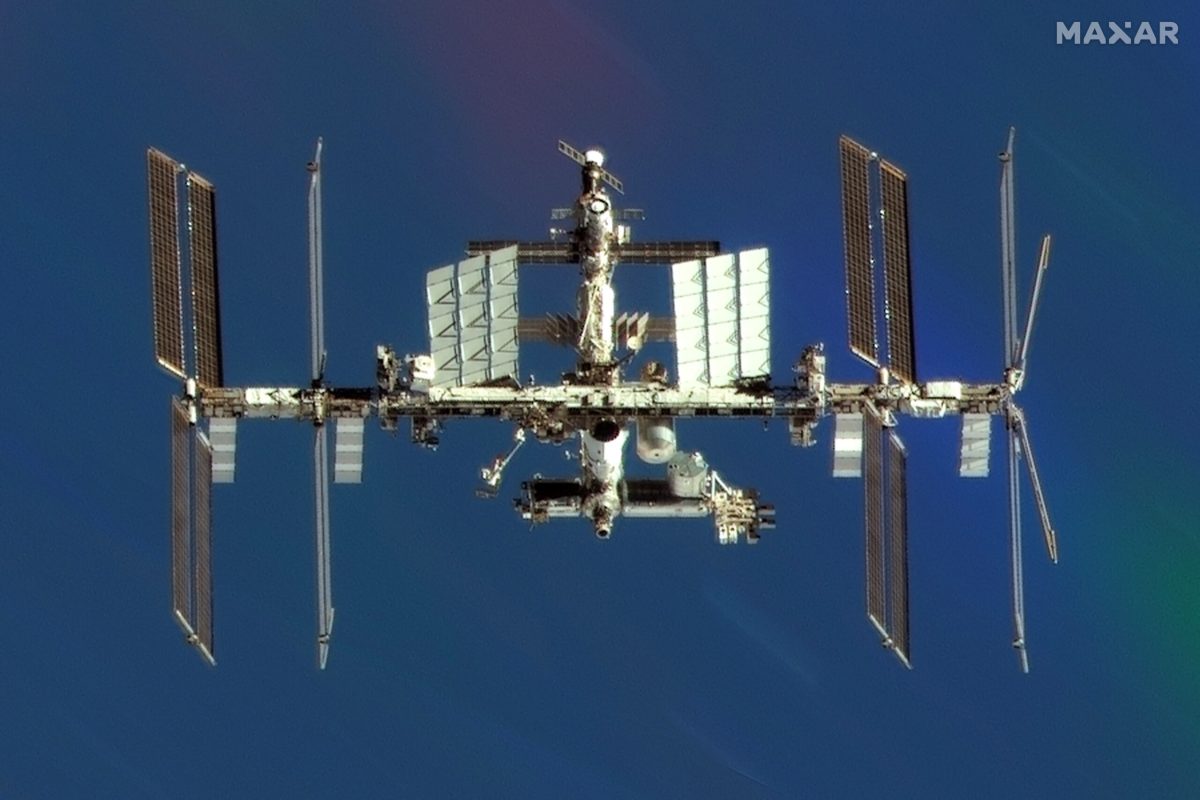The International Space Station is the largest, most complex and most important element of space infrastructure yet deployed, and one of the most incredible engineering accomplishments in human history. It is the result of an international, diplomatic initiative reconciling in space the Western world and the Eastern world by combining the two space stations until then planned separately by each side – Space Station Freedom and Mir 2 – involving five major partners, the United States, Europe, Japan, Canada and Russia.
The result is a 450 metric ton structure involving several tens of thousands of people from three continents working together for several decades. Two decades were required to develop and assemble it in orbit and it has been permanently occupied for 20 years, at a total cost of about $100 billion as of today.
The major objectives of the ISS have been met:
International cooperation has been concretely practiced on a daily basis for decades of continuous operations, working through problems encountered in space and on the ground.
Scientific and engineering experiments have been continuously pursued both inside and outside the station.
People have lived and worked continuously and safely onboard the station, maintaining and repairing it, conducting experiments and recycling resources as much as possible.
Considering the age of the ISS, the heavy budgets required to continue its operation, and the prospect of cheaper private alternatives, the partners are therefore planning to cease operations of the ISS by the end of the decade. The question, then, is what to do with it after 2030. It’s well understood that the response to that question should be determined now in order to prepare, finance and implement the solution to be chosen by the partners. Doing nothing is impossible since the ISS cannot be left untended in its present orbit, which would decay to an uncontrolled and potentially very hazardous reentry within at most a few years. Based upon the previous experiences of the reentry of Skylab, Salyut and Mir, the present plan is to deorbit the ISS in a controlled manner. To that end, a request for proposals for a “deorbit stage” was issued by NASA and SpaceX was selected as the provider.
As lifelong space professionals who have worked together from different positions in ESA and NASA on the redesign, assembly and operation of the ISS, we fully share the objective to cease ISS operations at the end of the decade, but we believe that destroying it would be a pointless loss for the future. We propose instead to preserve the value of the ISS by placing it into a higher orbit for future generations to decide how best to make use of the 450 tons of hardware already in space. We believe that the ISS will provide the cheapest half-kiloton of in-space resources to which the human race will ever have access.
This is not an expensive gift for us to provide to our heirs. For example, to move the ISS from its present 400-kilometer altitude to an 800-kilometer altitude circular orbit requires a boost of about 220 meters per second, about the same as required for precise deorbit control. At the higher altitude, the orbital lifetime would be many decades, providing ample time for future generations to take their own decisions and actions. For that, the ISS should be left in a condition such that no part of it can explode and create a long-lived debris hazard.
Obviously, further studies must be conducted before those in charge today can make an informed decision. We are not in charge anymore, but our question to the current generation is: since the boost stage must be built anyway, would it not be better to use that stage to place the ISS in a higher orbit for the possible use of a future generation than to destroy it upon reentry?
Jean-Jacques Dordain served as the director general of the European Space Agency (ESA) from July 2003 until June 2015. During his tenure, he oversaw a number of significant space missions and expanded ESA’s collaboration with international partners.
Michael D. Griffin was the administrator of NASA from April 2005 to January 2009, a period marked by initiatives aimed at returning humans to the moon and developing commercial spaceflight capabilities.
This article first appeared in the July 2024 issue of SpaceNews Magazine.
